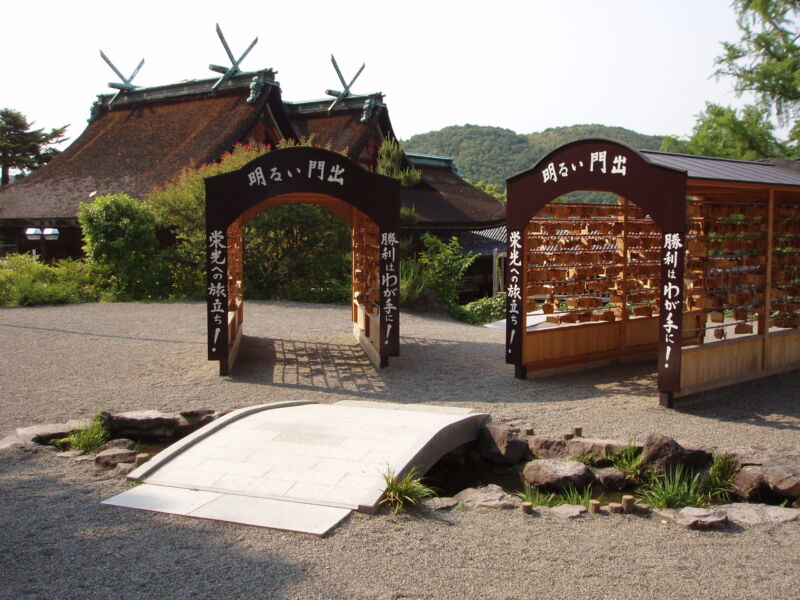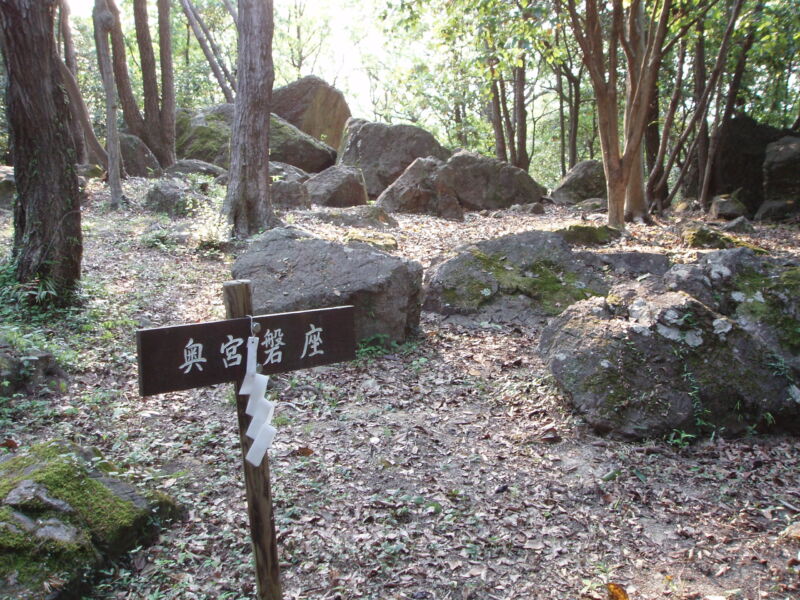In an article for the Japan Times, Stephen Mansfield writes of a possible origin for Japanese gardens, rooted in native spirituality before the influx of continental culture from the sixth century onwards.
***************

(Photos by J. Dougill)
In the search for its origins, we have to return to a world of pre-Shinto forest glades. If, as Francis Bacon contended, “God Almighty first planted a garden,” the ancient Japanese had to contend, not with a single god, but a pantheon of deities too numerous to count. The simple arrangements of stones, created in forest glades and on pebbled clearings beside waterfalls, were the work of men in deference to the gods, perhaps even with a touch of fear for the calamities that could ensue if the correct observations were not made.
Nature, in a world devoid of temples, shrines or religious texts, provided a stage on which stones, trees, mountains and streams substituted as high altars. In these sacred sites, designed to create a space conducive to worship and benevolent co-existence, large boulders called iwakura, were placed.
Purified spaces were made around these stones, the area delineated with rice fiber ropes called shimenawa. At a later stage, paper streamers, known as gohei, were strung around the girth of cryptomeria trees. A convincing argument could be made that these ritual spaces, with their sculptural beauty and aesthetic appeal, were the prototypes of the Japanese stone garden. In a later development, beds of sand or white gravel were placed around the rocks, creating a border between the sacred and human.

